When you remember your favorite school experience, what comes to mind first? Many of you probably think about Charlotte’s Web or Ramona the Pest or Tales of a Fourth Grade Nothing—and the times you gathered at your teacher’s feet right after lunch and listened with rapt attention as she read aloud. The feelings of warmth and community that emerge when coming together around a compelling story are universal, making read 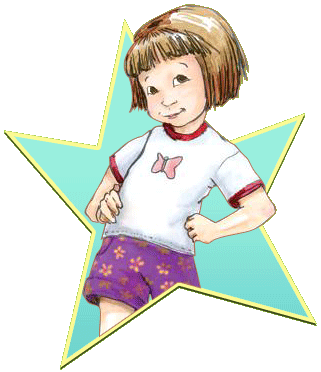 alouds the Trojan horse of literacy. While on the surface it looks to be merely a fun and engaging part of the school day, behind the scenes, a read aloud is surreptitiously fortifying students’ ability to understand deeply and read fluently, all while increasing their motivation to read. These unexpected benefits of read alouds propel the quest to find great books to share with students. Excellent texts have the power to transform readers, so when searching for a great read aloud, consider looking for texts that:
alouds the Trojan horse of literacy. While on the surface it looks to be merely a fun and engaging part of the school day, behind the scenes, a read aloud is surreptitiously fortifying students’ ability to understand deeply and read fluently, all while increasing their motivation to read. These unexpected benefits of read alouds propel the quest to find great books to share with students. Excellent texts have the power to transform readers, so when searching for a great read aloud, consider looking for texts that:
- Offer students insight into the experiences of children their own age but who live very different lives
- Introduce students to fascinating topics or information
- Offer new perspectives on familiar topics/ideas
- Inform them of topics in which they have expressed interest
- Are less popular titles written by authors they know and love
Ultimately, the goal is to find texts students find interesting and engaging, give them substantive ideas to discuss and stretch them in new and stimulating ways. While there are many, many books that meet these criteria, the real measure of a great read aloud is the response it evokes from students. Some titles we’ve read aloud that far exceeded our expectations include:
Wonder by R.J. Palacio ![]()
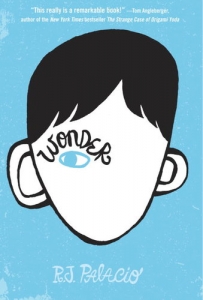
Grades 4-7, Level U, Lexile 790
Dealing with difference and accepting others are two important themes of this book, however, one of the most interesting conversations we had with students about this book was the way it was written. There was a lot of debate about the voice of the 10-year-old protagonist and whether it accurately portrayed how students think and behave at this age.
Maniac Magee by Jerry Spinelli ![]()
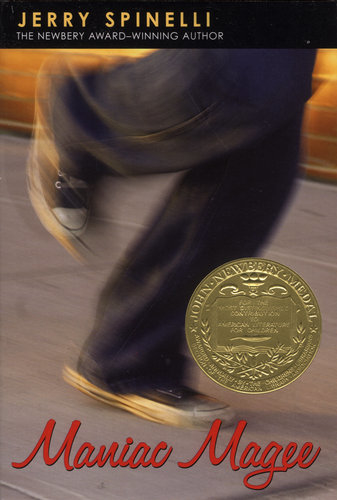
Grades 4-7, Level W, Lexile 820
It’s hard not to love a book that deals with issues like race, poverty and family in such a compassionate way. Whenever we read this book aloud to students, there is always lots of insight and interesting conversation around these themes. What we didn’t expect, however, was the students’ fascination with Cobble’s Knot. Hearing how kids “unravel” the mystery of metaphor as they come to understand how the knot represents the racial impasse in Bridgeport, PA, was nothing short of exhilarating!
Same Sun Here by Silas House ![]()
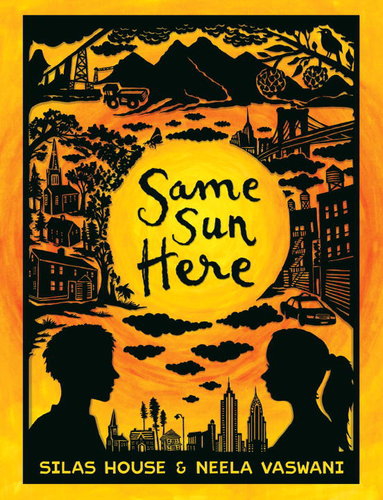
Grades 4-7, Level W, Lexile 890
Unlikely tween pen pals—a boy from rural Kentucky and an Indian girl who has just moved to New York’s Chinatown—discover much about one another’s cultures, their similarities and differences. While the commonalities between them that emerge during the story offer fodder for discussion, the specialness, and even power, of these young people, who find their “own true selves” in the process of discovering kindred spirits, is impossible to read about without becoming emotionally invested.
The True Confessions of Charlotte Doyle by Avi ![]()
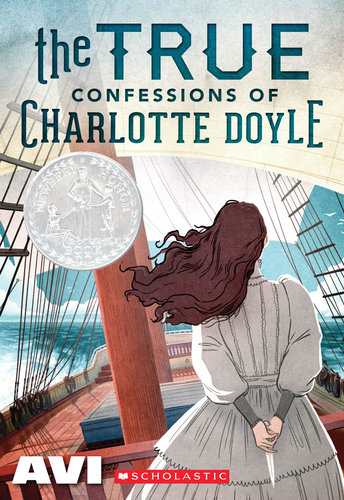
Grades 5-7, Level V, Lexile 740
“Not every thirteen-year-old girl is accused of murder, brought to trial, and found guilty.” So begins the suspenseful tale of Charlotte Doyle, a girl from upper-crust London, set in 1832. While discussing gender equality and guessing what would happen next kept students at the edge of their seats, we never could have anticipated the rush to read historical fiction this book inspired in the classroom!
Stargirl by Jerry Spinelli ![]()
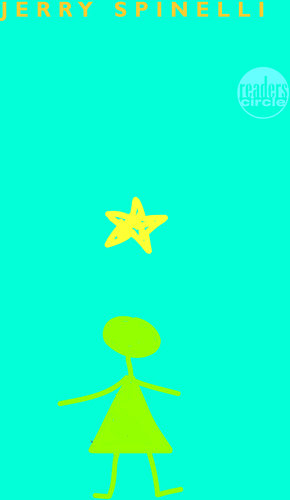
Grades 6-9, Level V, Lexile 590
Despite the title, this book is not as much about Stargirl as it is about the main character and narrator—Leo Borlock—finding himself through his relationship with Stargirl. This book invites students to question the role of identity in school and life, and the ways nonconformists can make us question who we are. Always engaging and at times unsettling, Stargirl can open students up to very candid conversations about the tension between social pressure and individuality.


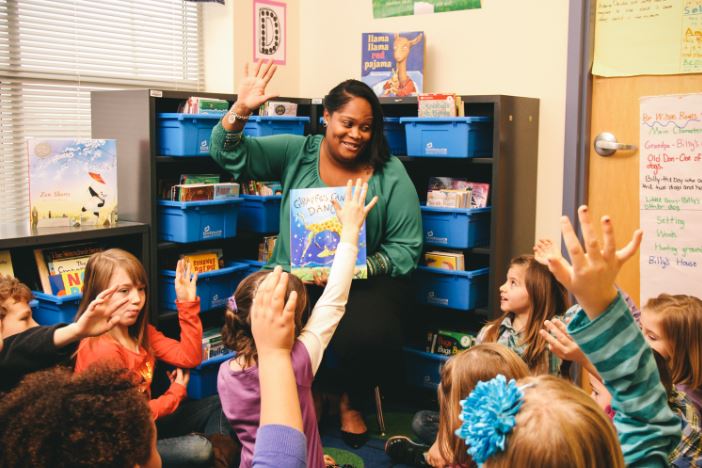





Leave A Comment